Search the Special Collections and Archives Portal
Search Results
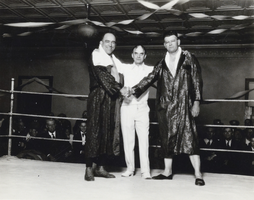
Film transparency of wrestler Lewis Montagna (left), S.F. Vaneman (right), and referee Sam Herman (center) in Las Vegas, Nevada, circa 1920s-1950s
Date
Archival Collection
Description
Image
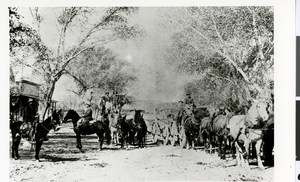
Photograph of men on horses and wagons, St. Thomas, Nevada, circa late 1920s to early 1930s
Date
Archival Collection
Description
Image
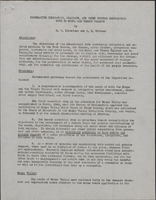
Report on cooperative irrigation, drainage, and water control educational work in Moapa and Virgin Valleys, October 10, 1945
Date
Archival Collection
Description
Discussion of the necessity of public education in the Moapa and Virgin valleys in regards to irrigation, drainage, water storage, domestic water, and flood control. Report was written October 10, 1945, attached application was dated February 3, 1945.
Text
Pittman Family Photographs
Identifier
Abstract
The Pittman Family Photographs depict members of the Pittman and Brewington families in Nevada from 1903 to 1989. The photographs primarily depict Nevada Governor Vail Pittman and his wife Ida Louise “Liz” Brewington Pittman at political campaign and fundraising events, including the Helldorado Parade in Las Vegas, Nevada and at the Governor’s Mansion in Carson City, Nevada. The photographs also depict Governor Pittman with President Harry S. Truman, Jim Cashman, and family members. The photographs also include a group photograph of U.S. Senator Key Pittman with business executives representing the Union Pacific Railroad and the San Pedro Railroad. The collection also contains family photographs of Ann Brewington, Ida Brewington Pittman's sister, as well as a letter sent to Vail Pittman in 1903.
Archival Collection
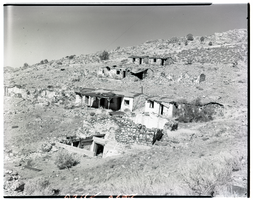
Film transparency of a ghost town, Delamar, Nevada, 1956
Date
Archival Collection
Description
Image
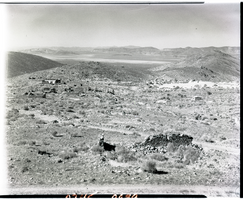
Film transparency of a ghost town, Delamar, Nevada, 1956
Date
Archival Collection
Description
Image
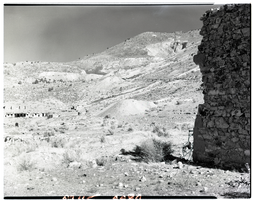
Film transparency of a ghost town, Delamar, Nevada, 1956
Date
Archival Collection
Description
Image
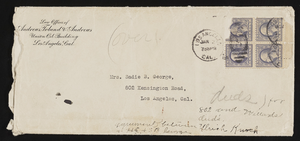
Land contract
Date
Archival Collection
Description
Text
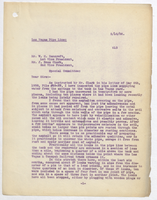
Letter to W. H. Bancroft and J. Ross Clark, May 18, 1908
Date
Archival Collection
Description
An inspection of the pipeline showed that in many places, the asphalt was coming off the pipe and there were quite a few leaks. Maintenance would allow it to last perhaps a year longer, but then it would need to be replaced.
Text
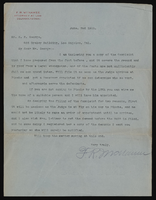
Correspondence, F.R. McNamee to H.E. George
Date
Archival Collection
Description
Text
